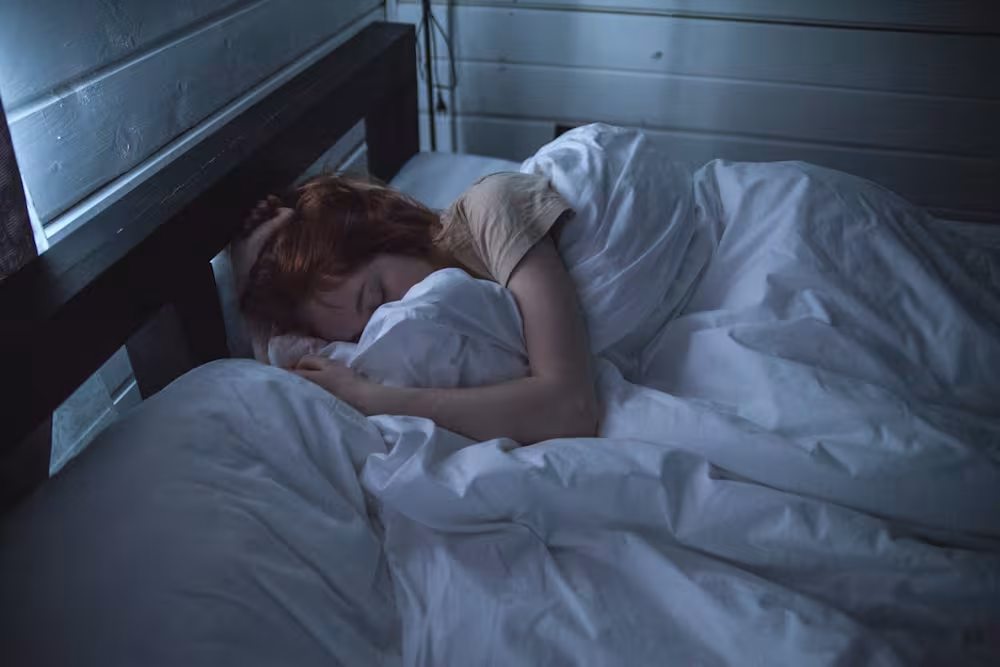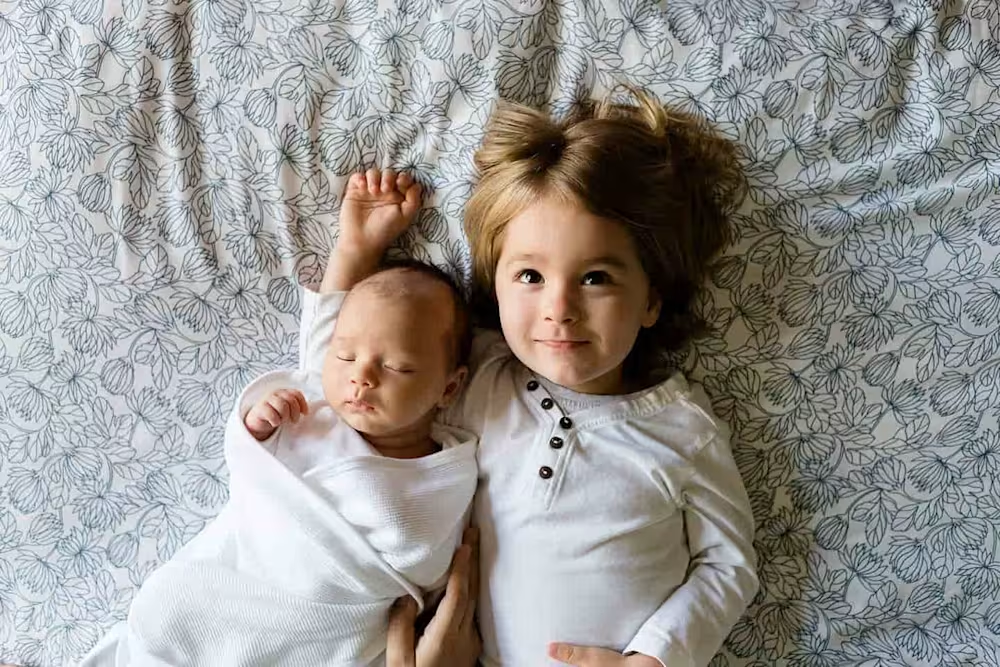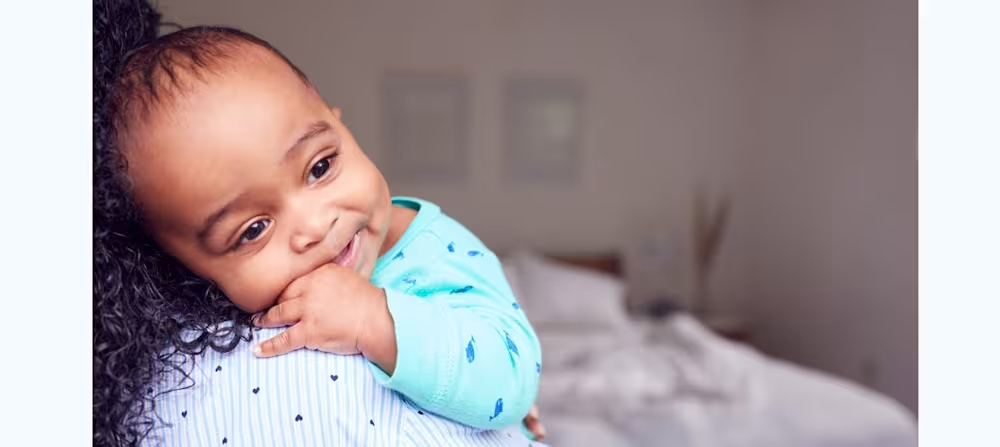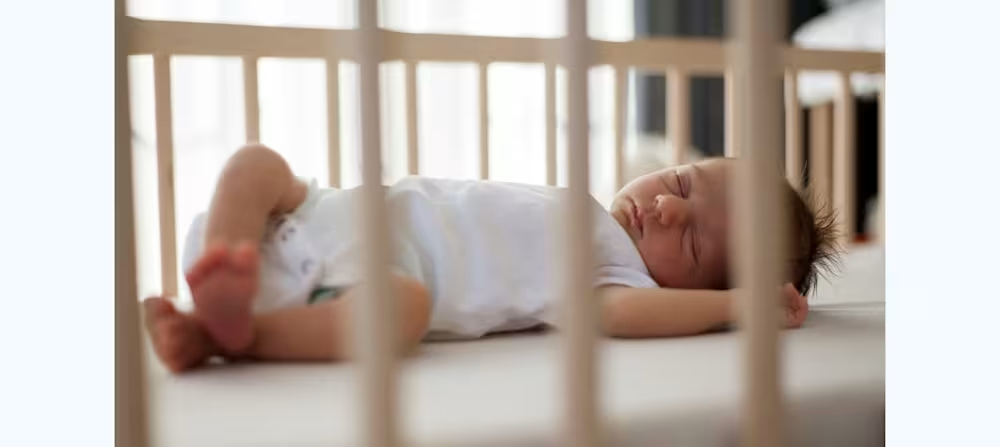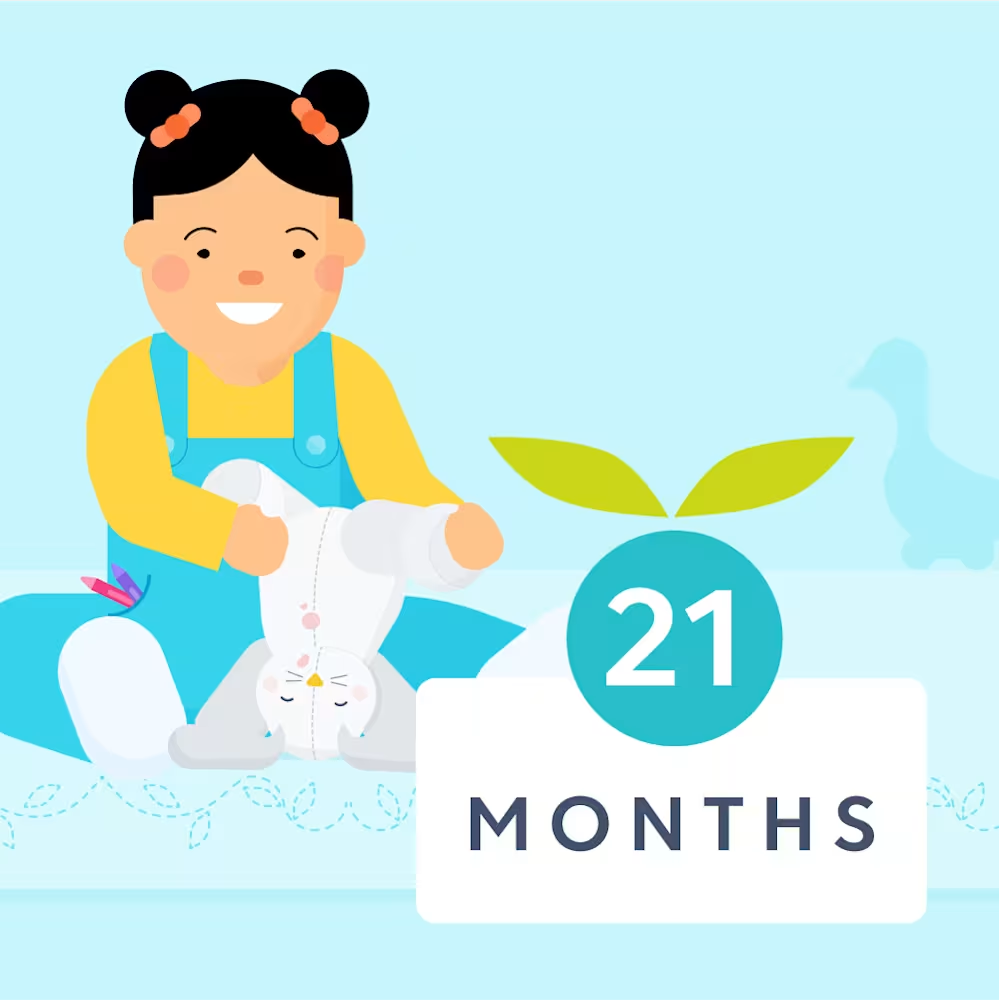5 tips for creating a kid's sleep sanctuary
Updated Oct 16, 2025

Setting up your child’s bedroom in a way that is conducive to sleep can help ensure they get the rest they need both during the day and at night. This is important because sleep is not only valuable for , it’s also essential for mental health and well-being.
The following tips can set up a foundation for quality shuteye, though they aren’t a magic “cure” for any your little one may be experiencing. (If you’re looking for more sleep support, !)
Tips for creating your child's sleep sanctuary
Here are some tips for creating a sleep sanctuary for your child:
Provide background noise
Darken the room
Adjust the room temperature
Consider night lights
Quiet those doors
Hold off on blankets and soft items until age appropriate
Find more info below:
Tip #1: Provide background noise
We often recommend using continual background noise during sleep times. While “white noise” machines and apps are the typical go-to, “” [] is often considered the better choice because it tends to be smoother across frequency and less static.
Whether you opt for white/pink noise, ocean waves, or classic rain sounds, the background noise can provide a strong cue for children that it’s time for sleep. The noise can also help muffle household sounds that can get in the way of high-quality sleep. This can be especially important for families with multiple children now at home during the day or when you have dogs that refuse to honor the sanctity of naptime.
To use, use the machine in between your child’s sleep space and the likely source of noise, rather than right by your child’s head. The American Academy of Pediatrics (AAP) recommends that white noise machines are placed away from a baby’s sleep space and the volume should be lower than the maximum volume setting — generally no louder than 50 decibels.
Tip #2: Darken the room
Exposure to light plays a huge role in regulating our circadian rhythm. Once your child is beyond the day/night confusion stage (this typically resolves within the first eight weeks), we recommend keeping the bedroom very dark for sleep times. This can help regulate your child’s schedule, lengthen naps, and cut down on early waking.
There are lots of options on the market to consider, including blackout curtains, blackout blinds, and blackout shades. You’ll want to ensure that there’s enough coverage on the window so that light doesn’t sneak in around the edges. Ideally, it will be too dark to read a book.
Tip #3: Adjust the room temperature
We recommend aiming for a in your child’s bedroom. When a child is too warm during sleep, we tend to see an increase in nightmares and night terrors. However, we recognize that room temperature isn’t always something parents can control, especially during extreme weather. If your child’s bedroom feels warm or stuffy, consider using a fan. Sleep sacks can create added warmth during cold months.
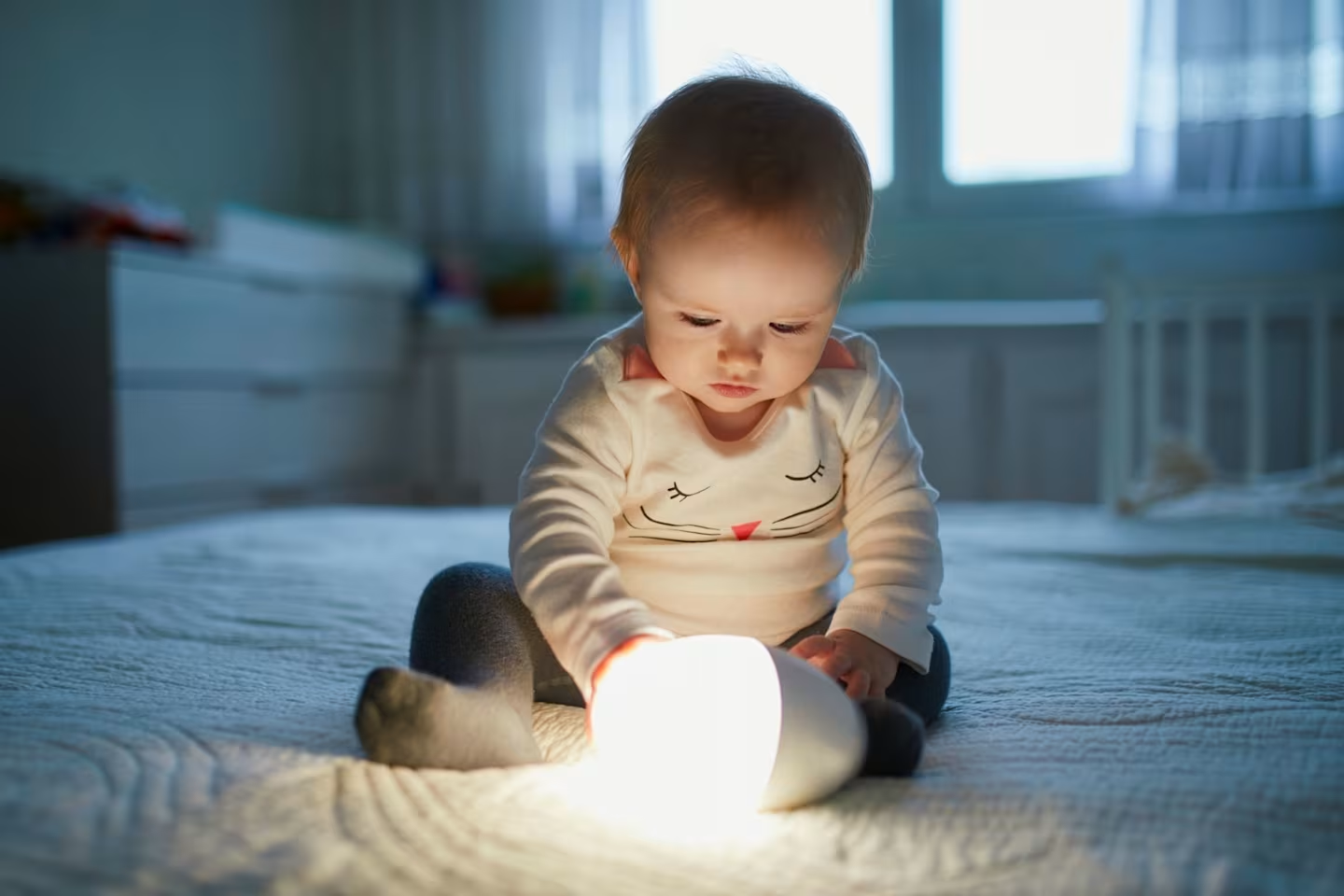
Tip #4: Consider night lights
While, yes, we do typically recommend a very dark room for optimal sleep, there are some instances in which you’ll want to use night lights. Since parents of newborns may be feeding and changing their baby frequently throughout the night, they might consider a motion-activated night light by the changing area or feeding area. This will ensure some dim light when you need it, and darkness the rest of the time.
Preschool-age children may also feel more secure with a night light or two as they start developing normal childhood fears and anxieties. Since blue light can suppress melatonin production (a key hormone for circadian rhythm regulation), we recommend using a night light with low or no blue light if possible.
Tip #5: Quiet those doors
If you’ve ever gotten your child to fall asleep only to be foiled by a squeaky hinge when you were leaving the room, you’ll understand the importance of attending to loud doors ahead of time. You can address squeaky hinges with a rust-dissolving lubricant, like WD-40. No WD-40? No problem. You can also try a bit of cooking spray or oil (coconut or olive for example) to quiet those hinges.
If your child’s bedroom door tends to shut loudly, try placing a few felt pads along the inside of the door frame.
Tip #6: Hold off on blankets and soft items until age appropriate
The American Academy of Pediatrics (AAP) recommends [] that a baby’s sleep space is (blankets, pillows, crib bumpers, stuffed animals, other toys etc.) until they’re over 12 months. Soft objects and loose bedding can increase the likelihood of obstructing a baby’s breathing. Instead, if you are concerned that your little one is cold during sleep, opt for (wearable blankets) instead of loose blankets until age appropriate. The AAP does not recommend weighted sleep sacks or blankets for children [].
Takeaway
Ensuring that your child gets quality sleep is essential, and by providing background noise, darkening the room, adjusting the temperature, using appropriate night lights, and quieting doors, you can create a sleep sanctuary for your child.
These steps not only support physical health but also emotional well-being, helping to maintain a sense of normalcy and calm in your family.
Share article:
Note: The content on this site is for informational purposes only and should not replace medical advice from your doctor, pediatrician, or medical professional. If you have questions or concerns, you should contact a medical professional.
2 Sources
Share article:
